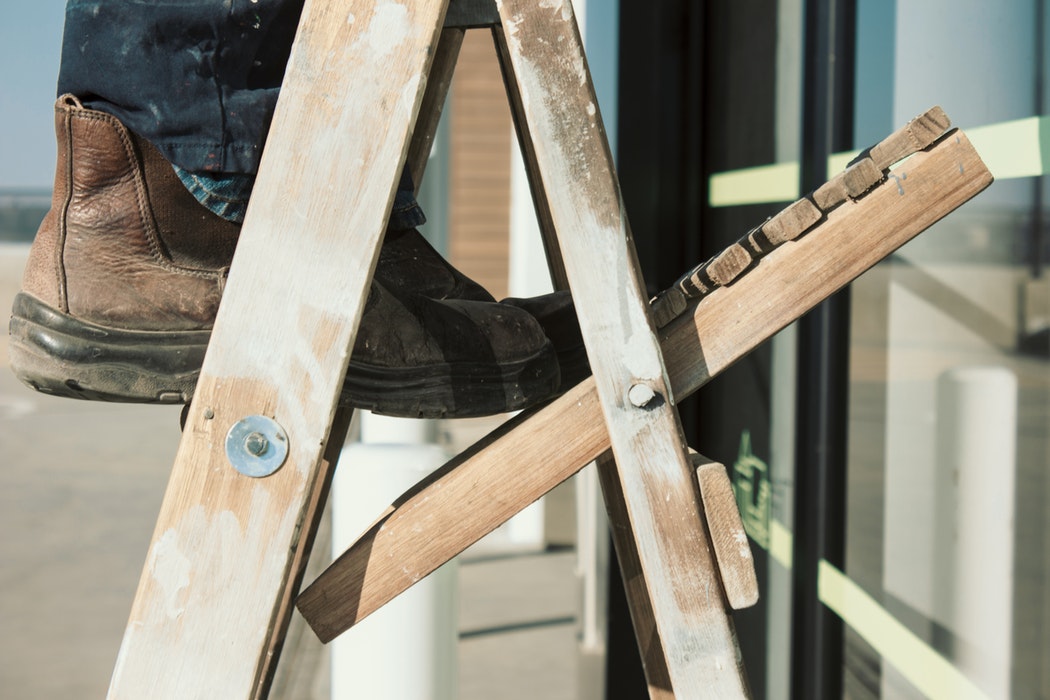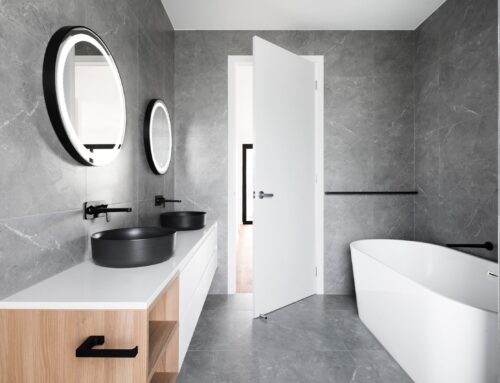Hands up who knows what’s involved when it comes to financing your new build? If you’ve got your hand up, then you can tap out now. If you don’t know what you don’t know then you need to read on as my friend, Bess has learned experience that we can all benefit from.
Bess is currently building her dream home in Beechworth. A modern and architecturally perve-worthy country retreat. But the build hasn’t been all sausage rolls and vanilla slices from the Beechworth Bakery… and that’s because the process of finance with one of the big 4 banks has been one big cluster you-know-what.
It’s also the first time that Bess has built a home so she didn’t know what she didn’t know. Especially when it came to construction finance.
So I’ve asked Bess to put pen to paper to pull together a checklist that will help you to go into your new build with your eyes wide open and so you don’t go through the drama she’s had to. She’s helpful like that.
Here’s Bess’ checklist:
Building is hard work. And the first thing you need to do before embarking on the journey is to SAVE, SAVE, SAVE. The preliminaries alone can cost upwards of six figures and it is important to be aware of each cost. Below is a budget list of what you need to plan for.
PRELIMINARY WORKS
COST 1. Architect OR/ Building Designer OR/ Draftsperson
Depending on your level of expertise, experience or creativity you will need someone to help you design and draw up plans to realise your dream.
Each profession has a different price point so it’s worth doing some research and getting quotes. The choice of design partner will change the service, so it is important to be clear what you want from this relationship. For example, do you expect your design partner to check in during the build? If so, you might be better off with an Architect. Or, you know what you want and are happy to manage the builder yourself – a draftsperson or building designer might be a better fit.
COST 2. Site Survey
The site survey is an important one. Your design partner cannot start the plans until they have this, and it can be a little pricey.
COST 3. The Engineer
This is a big one. You can’t have a house designed without engineering! Your design partner will most likely recommend someone they work with all the time.
Depending on the type of house you are designing, this can cost thousands!!! For example, it cost us about $5K but we have friends who spend over $30K!
COST 4. The Energy Rating Assessor
This isn’t a huge cost, but the Australian building standards require all new builds to be a minimum 6 star energy rated building. It is important to be aware this test is old and doesn’t necessarily factor in newer more progressive energy saving materials or techniques. BUT you are required to do it and it is normally less than one thousand dollars.
POSSIBLE COST. Quantity Surveyor
This is a person who can take the design and specifications once drawn up and price how much your house will cost to build. Normally this is a service architects use – draftsman and building designers tend to rely on the builder to provide the costs.
THE BUILD
The process of getting a building loan is rubbish. It is backward and unforgiving, so… get ready!
Before the bank will allow you to apply for a construction loan, you must have stamped council plans and a signed building contract. Signing a contract before you have a loan… weird, right? Anyway…
Along with your signed building contract (make sure it’s a fixed term contract using approved formats like the HIA Builder’s contract), you have probably needed to pay 5% or 10% directly to your builder. Now you are ready to apply for a loan but before that can be done, the bank will have your land and the plans reviewed by a valuation professional. The valuation consultant will go through your plans and visit the site and provide an estimated valuation of what the property will be worth holistically when it is finished.
This all needs to happen before you can get a loan. Meanwhile, you are probably looking at your building contract and freaking out you only have 14 days to provide evidence you can financially meet the financial obligation of the contract. Ekkkkk…..
This is the super backwards part – the valuation can take anywhere from 5 – 20 business days. It is not aligned to the building contract guidelines whatsoever.
IMPORTANT: DO NOT START until you have what they call a ‘commencement letter’. You will not get this until after the loan has been approved. And in our case this took 4 weeks! (ridiculous! Don’t get me started…)
By now you are probably reading this, thinking ‘if the valuation can take four weeks and the commencement letter can take the same again, that is more than the 14 days in the building contract’. If you ARE thinking that, you are absolutely correct – it is backwards!
The important thing is to not start construction. You can negotiate with your builder about the delay (keeping in mind, they have your deposit) but what you can’t do is start and have the builder order things and future spend against the project if you don’t know you can pay for it. You run the risk of being financially liable and if the valuation comes in short, it will leave you with a gap which can be tens or hundreds of thousands of dollars.
The build of our dream home has not been a fun process for us. We didn’t know a lot of this stuff when we started, and our bank failed to advise us.
It has been emotionally draining and I personally can’t wait for it to be finished. We started this process four years ago and I am hoping by the time it is finished, we will look at our brand-new baby and forget about the birthing process!






